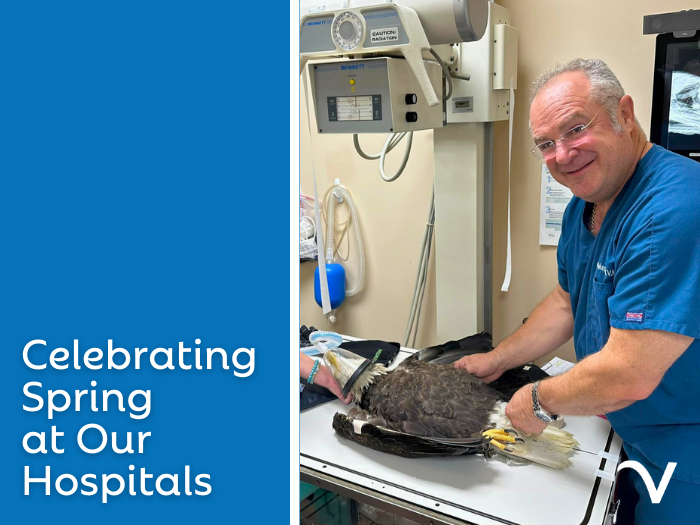Navigating Pet Insurance

July 7, 2019
Lots of people don’t know that pet insurance exists which can come as a surprise because it’s pretty helpful. Just like health insurance for people, pet insurance can help you cut down the costs of veterinary care if an unexpected medical emergency occurs.
There are tons of insurance companies to choose from - Trupanion, Healthy Paws, Petplan, Embrace - and, while we won’t tell you which company is right for you (because that depends entirely on your individual needs), we can tell you what you need to know before you buy!
 1. Understand the purpose of pet insurance
1. Understand the purpose of pet insurance
If you’re lucky, you’ll have pet insurance and never once have to use it since it doesn’t cover routine wellness exams or vaccines. Instead, pet insurance is reserved for unexpected events, such as a cancer diagnosis or an emergency surgery. Although your pet may never experience a health emergency like that, if they do, out of pocket treatment and veterinary care can become costly very quickly.
2. If you spring for pet insurance, do it early
Pre-existing conditions are not covered by any pet insurance company. If your pet develops a certain illness or injury before you purchase pet insurance, it’ll be considered a pre-existing condition and, therefore, won’t be covered. If you decide pet insurance is right for you, opt in as early as you can, especially if you adopt your pet when they’re young. The fewer existing conditions they have when you buy, the better.
3. Know about any exclusions
Not all pet insurance companies are created equally which means coverage varies from one to another. The pre-existing conditions is exclusion is generally well known but other potential exclusions may include breeding, pregnancy, DNA testing, stem cell therapy, avian flu, and/or illnesses and injuries resulting from neglect or racing. Always, always read the fine print before you purchase an insurance plan.
4. Ask questions about the waiting period
Coverage for every condition doesn’t begin the moment you purchase your pet insurance plan. Generally speaking, illnesses, accidents, orthopedic conditions, and certain health issues, such as hip dysplasia, each have their own waiting period. Make sure you have a thorough understanding of how your plan works before committing to it. Illnesses and injuries that occur before the waiting period ends won’t be covered.
5. Put aside some extra money for potential emergencies
Pet insurance usually operates using a reimbursement model, meaning you’ll need to pay for your pet’s testing and/or treatment up front before you can file an insurance claim to have the cost reimbursed. If your veterinarian accepts them, you can opt to utilize CareCredit or Scratchpay to offset the costs. Luckily, most pet insurance companies now offer the option to pay your veterinarian directly. Don’t assume this is the default though!
Honestly, pet insurance can be a real lifesaver but, just like with any other long-term investment, it’s critical that you do your due diligence prior to purchasing a plan. Do you research, compare costs, know what’s covered, and read the fine print before you make a decision.
If you’d like to further explore your pet insurance options, check out LendEDU’s comprehensive pet insurance reviews.




